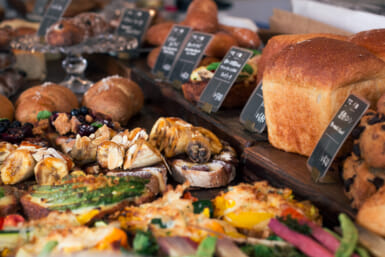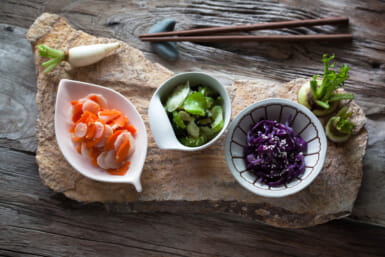One man’s guide to the best books on wine
Nowadays wine books are rolling off the presses as fast as publishers can get someone to write them. The writers don’t need to know their wines, but should have a name. Wine columnists are the best prospects.
Since there are so many books in the field, I thought it would be a good idea to list a few of those that I can recommend with a few tips on what authors to look out for.
Any book written by Michael Broadbent is recommended. Broadbent is a thoughtful and sincere wine specialist, holder of a Master of Wine degree and author of many books on wine.
One book a serious wine-lover should have is Broadbent’s The Compleat Wine-taster and Cellarman, published by Michael Beazley of London. Consisting of 19 chapters full of pertinent information, it has an invaluable series of color photos which show the shades of color of Bordeaux, Burgundy, California, Rhine, Rhone, Australian, Sherry, Madeira and Port wines. Those pictures are excellent to compare with the glass of wine in your hand, for it will help you judge whether the wine is young, old or fully-matured from the color. Sometimes the year on a bottle is misleading.
Another of Broadbent’s many books that every serious wine-drinker should have, especially those interested in older vintages, is his Great Vintage Wine Book, published by Alfred A. Knopf of New York. It also has a series of color photos that will complement those in The Compleat Wine-taster. The vintages described go back to 1771 in Claret and 1753 in Burgundy. This book represents a lot of research and is something every serious oenologist, professional and amateur, should have. His lasting notes on Claret begin with a Chateau Lafite, 1799, which he tasted in 1953 and described as “very much alive.”
The oldest Burgundy he tried was a Chassagne-Montrachet, 1932, tasted in 1977. He wasn’t impressed. He wrote that it had a “positive flavor, slightly too acidic and astringent, but drinkable.” The oldest Rhine wine he has sampled was a Rüdesheimer, 1653, which he tasted in 1977 and gave ten stars for the experience. The wine was lasted from the cask in the cellars beneath the Bremen town hall. I saw the same cask but wasn’t privileged to have a sample. Broadbent described the wine as “pungent, madeira-like but not maderized; dry, intense, powerful, with acidity only matched by very old madeiras.”
Other wines reviewed in the book are Champagne, Madeira, Tokay, Sherry and other fortified wines. California wines and Australian wines. It should be on every wine-lover’s book shelf.
When it comes to books about wine regions, I recommend Anthony Hanson’s Burgundy, published by Faber and Faber of London and Boston. Hanson’s book has been described as controversial, and he certainly gives you a view of the inside workings of the Burgundy business. I can’t agree with him on every point, but he gives the reader food for thought.
Another excellent book on Burgundy, one which won the Chevaliers du Tastevin Literary Prize for 1952, is The Wines of Burgundy by Pierre Poupon and Pierre Forgeot, both Burgundian producers, published by the Press Universitaires de France. It is chock full of information about the Cote d’Or, containing just about all most people need to know about the region, though it doesn’t stir the mud up as Hanson’s book does.
Moving over to Bordeaux, I like The Wines of Bordeaux by Edmund Penning-Rowsell, published by the International Wine and Food Society. Like the Poupon-Forgeot book on Burgundy, this contains all you should know about the Claret region, including a thumbnail sketch of the history of the Bordeaux area. AH the chateaux that count are treated quite thoroughly in the book.
As for German wines, there is only one book in English worth getting, because if you have it, you don’t need any other. It is Dr. S.F. Hatigarten’s German Wines, published by Publivin, London. It is so thorough that it even contains an analysis of the current German wine laws. There is no greater authority on German wines than Dr. Hallgarten, and his book is practically an encyclopedia.
California wines are best represented by the book that is head-and-shoulders above all others. It is the Book of California Wines published by the University of California-Sotheby and edited by Doris Muscantine, Maynard A. Amerine and Bob Thompson, all well-known and esteemed names in California wine circles. A huge book of 615 pages, it contains everything anyone but a technician in the field needs to know. If you want to learn about California wines, how they are grown, fermented, what grapes are used — this is the book for you.
One cannot leave a list of wine books, no matter how incomplete, without mentioning that old standby Alexis Lichine’s Encyclopedia of Wines & Spirits. Published by Alfred. A. Knopf of New York, this is a classic. You will find yourself referring to it time and again and, before you know it, you will have a well-thumbed copy.
I plan to continue this bibliography in another column. From the small sample I have given, you can tell that there are diamonds to be found among so much dross.








